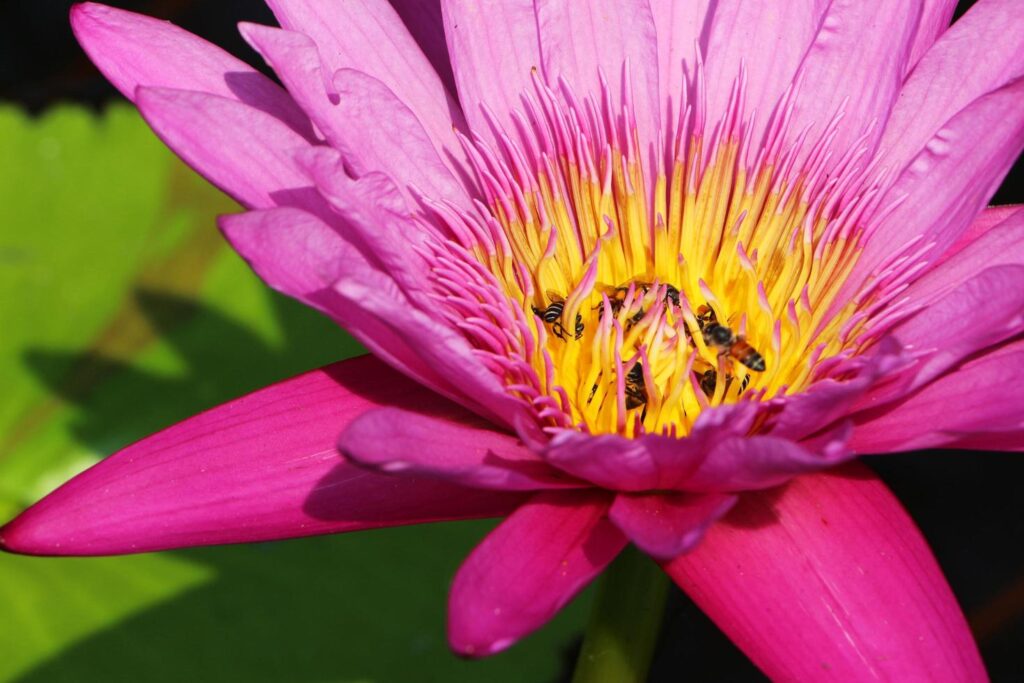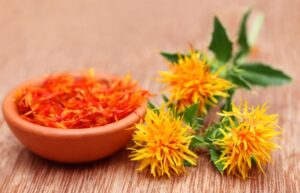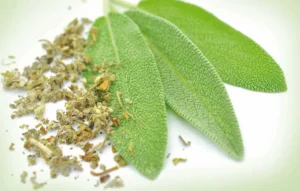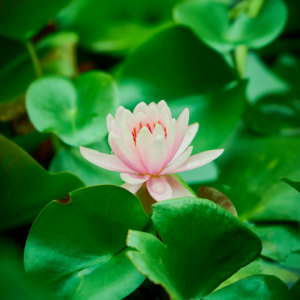Lotus
Stamens

Lotus Stamens are the reproductive parts of the lotus flower, known for their delicate structure and unique properties. The lotus is a symbol of purity and enlightenment in various cultures and is used in traditional medicine for its health benefits. The stamens are valued for their therapeutic and spiritual significance.
1. Size:
- The stamens of the lotus flower are slender and elongated, typically measuring 1 to 2 inches (2.5 to 5 cm) in length.
- They are part of the larger lotus flower, which can have a diameter of 6 to 12 inches (15 to 30 cm).
2. Color:
- The stamens are usually yellow or golden, complementing the colors of the lotus flower.
- They may have a subtle sheen or luster, adding to their visual appeal.
3. Texture:
- The stamens are smooth and fine, with a delicate, thread-like texture.
- They are lightweight and airy, contributing to the overall elegance of the lotus flower.
4. Fragrance:
- Lotus Stamens have a mild, sweet fragrance that is less pronounced than the flower itself.
- The aroma is gentle and soothing, often used in perfumery and aromatherapy.
5. Uses:
- Traditional Medicine: Lotus Stamens are used in traditional medicine to support cardiovascular health, improve circulation, and enhance overall well-being.
- Culinary: They are sometimes used in culinary applications for their subtle flavor and aesthetic appeal, particularly in Asian cuisine.
- Beauty Products: The stamens are included in skincare products for their soothing and hydrating properties.
6. Habitat:
- Lotus plants thrive in shallow, stagnant water with plenty of sunlight, typically found in ponds, lakes, and water gardens.
- They are native to tropical and subtropical regions, including parts of Asia and Africa.
7. Cultural Significance:
- The lotus is a symbol of purity, enlightenment, and rebirth in various cultures, including Hinduism and Buddhism.
- Lotus Stamens are often used in spiritual practices and rituals to promote mental clarity and spiritual growth.
Spiritual Properties
- Purity and Enlightenment: Lotus Stamens are believed to represent purity and spiritual enlightenment. They are used in rituals to enhance spiritual awareness and personal growth.
- Harmony and Balance: The gentle fragrance and delicate nature of the stamens are thought to promote harmony and balance in one’s life, contributing to a sense of inner peace.
Medicinal Properties
- Cardiovascular Health: Lotus Stamens are used to support heart health, improve circulation, and regulate blood pressure.
- Anti-inflammatory: The stamens have anti-inflammatory properties that can help reduce inflammation and support overall health.
- Digestive Health: They are also used to alleviate digestive issues, including bloating and discomfort.
Adverse Actions & Side Effects
- Sensitivity Reactions: Some individuals may experience allergic reactions or sensitivities to Lotus Stamens, particularly in high doses or concentrated forms.
- Interaction with Medications: Lotus Stamens may interact with certain medications, especially those affecting cardiovascular health. Consultation with a healthcare provider is recommended.
Side Effects:
- Gastrointestinal Discomfort: Excessive use of Lotus Stamens may lead to mild gastrointestinal discomfort, such as nausea or upset stomach.
- Headaches: In some cases, the use of Lotus Stamens may cause headaches or dizziness.

Safflower
Safflower Safflower is a vibrant herb known for its bright yellow, orange, or red flowers, which are harvested for their seeds and petals. The plant

Herbal Smoking Blend
Herbal Smoking Blend Herbal Smoking Blends are a mixture of various herbs, flowers, and botanicals that are combined to create a smokeable product as an

Jojoba
Jojoba Jojoba (Simmondsia chinensis) is a perennial shrub native to the arid regions of the southwestern United States and northern Mexico. The plant is best

Balm of Gilead
Balm of Gilead Balm of Gilead is derived from the resinous buds of the Populus species, particularly Populus candicans or Populus balsamifera. This aromatic substance

Sage Leaf
SageLeaf Sage Leaf comes from the Salvia officinalis plant, which is part of the mint family. The leaves are known for their aromatic properties and

Spiritual Renewal Bath
Spiritual Renewal Bath A rejuvenating bath to refresh your energy and revitalize your spirit, this blend is perfect for times when you feel spiritually stagnant